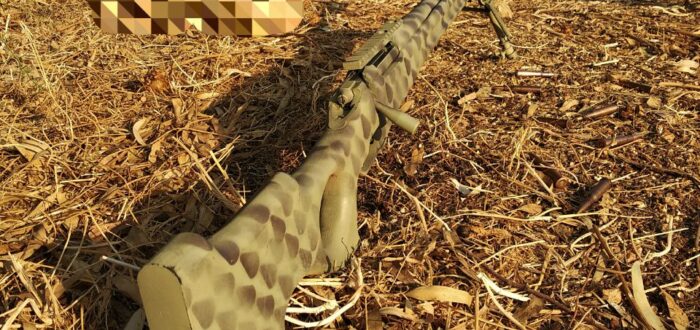Research Note 11, Analysing the Online Arms Trade in Opposition-controlled Syria, provides ‘first-look’ analysis of more than 800 trades of small arms, light weapons, munitions, and blank-firing weapons conducted during a three-month period between 1 November 2020 and 31 January 2021. This short note is intended as the first step in an ongoing hybrid publications approach, which will include monthly digital reporting published here on The Hoplite. Once a standard twelve-month monitoring period has been completed, a final, significantly more detailed report in the typical ARES style will be made publicly available.
ARES Director N.R. Jenzen-Jones said that he was excited about this new publication approach, noting that:
“This hybrid approach to publication will allow us to make public more data than is usually possible, and in a more timely fashion. ARES has worked on online arms sales in Syria for a long time now, but this is the first time we have been able to make significant quantities of data publicly available.”
Working in conjunction with ARES subsidiary Silah Report, ARES Associate Researcher Jack Shanley and Silah Report Collections Specialist Mick F. were able to access a range of primarily open-source data collected by both organisations separately from ongoing ARES contracts. This means that the data are free from use-restrictions and can be shared with the wider research community. The researchers found a variety of items of interest, which they expect will support important trend analysis in the final reporting. Mr. Shanley told The Hoplite:
“The Syrian context provides both opportunities and challenges for researchers examining the online trade in arms and munitions. There are a wide range of small arms, in particular, circulating in the country. These include not only industrially produced firearms, but also locally made or modified examples, such as converted blank-firing handguns and craft-produced anti-materiel rifles.“

To read the full publication, click here.
For more publications from ARES, see our Publications page.

